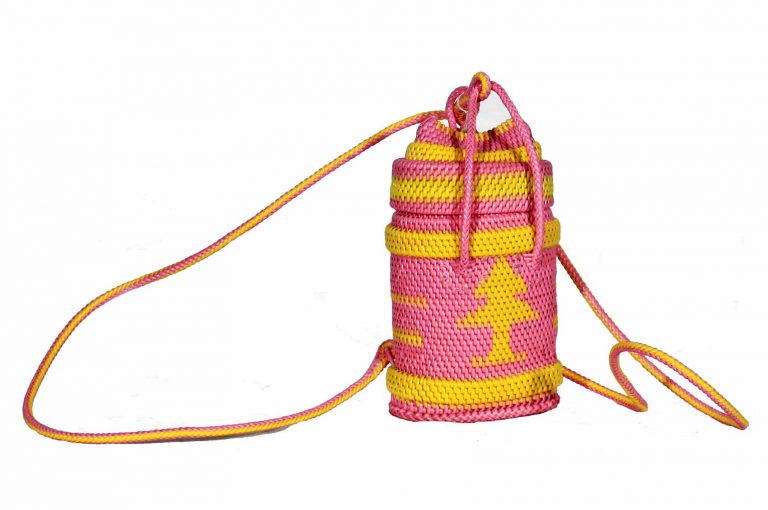Wood, with its faint aromatic traces, evokes the forests from which it comes from and the entire ecological environment of which it is part. A piece of wood, carved with creativity, or incised with design and intent, can be small and intimate in scale, or huge and stable, asserting a formidable presence in its functionality or meaning. The material with its immediate tactile quality invites touch, and its form bids the hand to follow and caress its contours offering sensuous appeal.
Two parallel collections highlight sculptural forms or utilitarian objects, traditional in expression and contemporary in design. The Cordillera Mountain groups such as the Ifugao, Kankanai, and Kalinga have formed their distinct aesthetic sensibilities with wood, fiber, and stone. They create objects with distinct utilitarian and ritual purposes. Contemporary design pieces by sculptors National Artist Napoleon Abueva and Claude Tayag and designers Daniel Latorre Cruz and Wataru Sakuma celebrate the simplicity of the material.
Contemporary design pieces that use wood are often in geometric forms characterized by clarity and simplicity. Juxtaposed in this gallery are works by sculptors Napoleon Abueva and Claude Tayag that express the simplicity of functional items in Philippine hardwoods such as molave, kamagong, supawood, ipil, and narra to name a few. Today, wood is scarce. To save our natural resources and solve the scarcity of the materials, artists and designers use recycled wood for functional reuse.
This exhibit seeks to define the aesthetic sensibility of the Cordilleras and how natural material such as wood, fiber, and stone are used to create objects with distinct utilitarian and ritual purpose. Actual objects—ranging from food and field, faith and fate, to furnishing and fiber expressions—are juxtaposed against archival photographs, giving visitors a more definite understanding of the object and its use.
